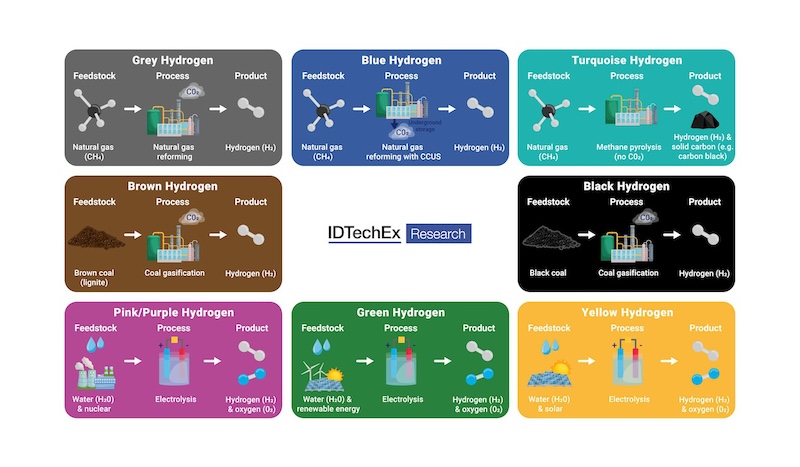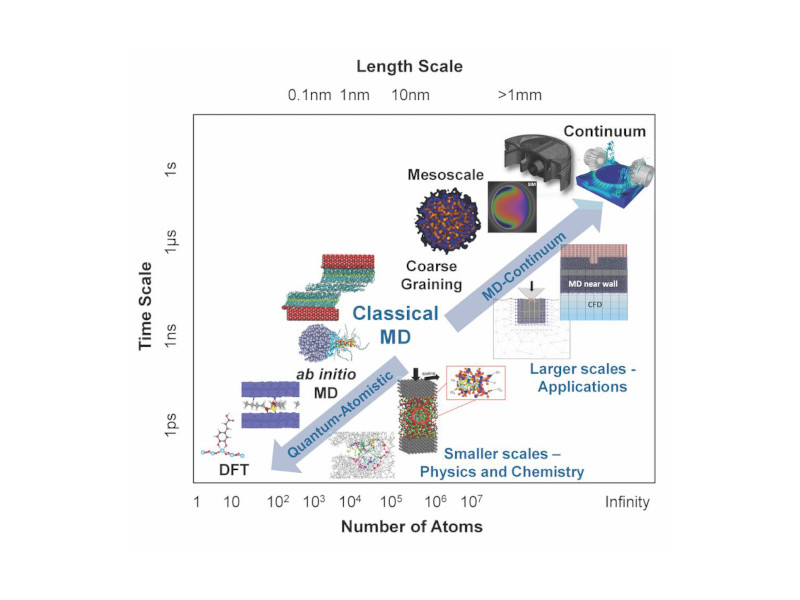On January 31st, Cannacord Genuity downgraded Rubicon on pricing peaking in Q4’10 and its stock price fell 5% from $18.90 to $18.01. Rubicon had one of the highest short ratios in the market at over 20% which was further fueled by the downgrade.

On January 31st, Cannacord Genuity downgraded Rubicon on pricing peaking in Q4’10 and its stock price fell 5% from $18.90 to $18.01. Rubicon had one of the highest short ratios in the market at over 20% which was further fueled by the downgrade. That same day, I wrote a blog saying we believed the downgrade was inappropriate, prices were flattening, not falling in Q1’11 and we expected prices to remain flat again in Q2’11. In addition, we indicated that its mix of products rather than its total volume was critical as its 6” products were enjoying significantly higher margins. I wrote that they could exceed their guidance of 56-59% gross margins if 6” shipments exceeded their guidance of $4.7M.
On February 16th, Rubicon announced their Q4 results and proved me right. 6” revenues significantly exceeded their guidance reaching $8.1M vs. guidance of $4.7M enabling them to exceed their 56-59% gross margin range reaching 63%. In the earnings call, they also indicated that they expected prices to remain flat from Q4’10 to Q1’11 and again in Q2’11. As a result, their stock price rose 13% the next day as the shorts were squeezed and the stock price was up 26% since it was first downgraded.
What the analysts failed to understand was how high gross margins are at 6”. While the area difference is just around 9X between 2” and 6”, the ASP difference today is around 15X. So, gross margins are significantly higher. In addition, 6” sapphire is more difficult to economically manufacture using conventional methods, thus, Kyocera’s margins should be sustainable until its competitors catch up and master not only 6″ crystal growth using larger boules but polishing as well. While the CZ method is widely employed at 2” and is basically off the shelf, 6” requires alternative approaches with equipment that must be modified before it can achieve the desired yields and uniformity. Rubicon claims they are a generation ahead at 6”, the first to market with 85kg crystal boules. Russian tool suppliers are supplying relatively low cost 85kg crystal growing equipment, but sapphire manufacturers must optimize them. GT Solar’s Crystal Systems is also jumping into this space with reportedly a much more expensive solution. Rubicon makes their own tools so they don’t have to pay the gross margins of their tool suppliers to produce their sapphire. Rubicon also is one of the top 2 suppliers in terms of capacity and is adding 6” optimized capacity at the rate of 1M 2” equivalents per quarter to reach 10M 2” equivalents. Rubicon appears to be in the right place at the right time as the leading lighting manufacturers are planning to switch a rising share of their capacity to 6” to produce more large lighting die per run. Lumileds, the Philips LED subsidiary, is widely expected to convert 100% of its existing capacity to 6″ by the end of 2011. In fact, Rubicon expects 6” to account for the largest share of its revenues by the end of the year up from 28% in Q4’10. Furthermore, they are cutting costs by bringing the labor intensive polishing step in house and ramping that up throughout 2011 as well.
I believe the analysts also missed the kind of pricing power top tier suppliers have in differentiated markets like sapphire. Given relatively tight supply, LED manufacturers have to pay a premium to buy significant capacity from the leading suppliers. They can get lower prices in the spot market for small volumes from companies with limited capacity, but large volumes require higher prices.
More suppliers are jumping into this market such as traditional solar wafer suppliers. However, by the time they get in with 2” products, Rubicon will have shifted a majority of its business to 6” while significantly cutting its 6” costs. They are well positioned to dominate the 6” market and should be able to maintain their guidance of >50% margins through the year.
Rubicon seems to be making all the right moves with their highest margin product growing the fastest and likely to see the largest rate of cost reduction as well as increasing its pricing power as its 6” share rises. If I was a short, I would be nervous.



